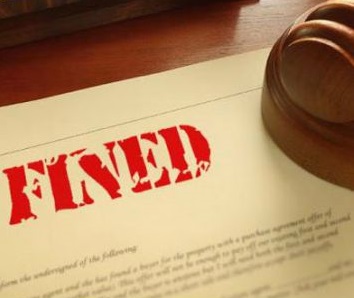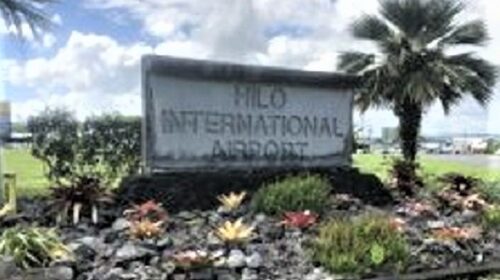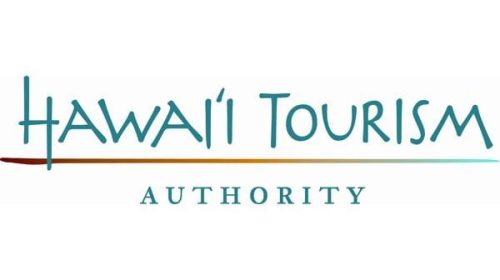Par Hawaii Refining fined by U.S. EPA for Clean Air Act violations
Today, the U.S. Environmental Protection Agency (EPA) announced a settlement with Par Hawaii Refining, LLC over Clean Air Act and Emergency Planning and Community Right-To-Know Act violations at its oil refining facility on Komohana Street in Kapolei, Hawaii. The facility will pay a $176,899 penalty and implement changes to improve safety and reduce the risk of accidental chemical releases.
“EPA is committed to protecting refinery workers and surrounding communities by ensuring companies implement safety measures and then carefully abide by them,” said EPA Pacific Southwest Regional Administrator Martha Guzman. “Settlements like this serve notice to companies that they must follow the law by acting to prevent incidents from occurring. These such efforts help protect workers, communities located near refineries, other potentially at-risk groups, and the environment.”
In March 2016, EPA inspectors found violations of the Clean Air Act’s chemical accident prevention requirements under the facility’s Risk Management Plan (RMP), as well as the Emergency Planning and Community Right-To-Know Act (EPCRA). These included process safety information errors, such as inaccurate piping and machine diagrams. EPA also found several operating procedures that were unclear, not current, and were missing information, in addition to mechanical integrity failures. Other violations included failures to immediately notify the state emergency response commission and the local emergency planning committee of releases of sulfur dioxide above the reportable quantity, which occurred on several occasions in 2014 and 2015.
A separate settlement was reached in February 2021 with another Par Hawaii facility in Kapolei for violations of the Clean Air Act and the Resource Conservation and Recovery Act. More information on this is available here.
Under the settlement being announced today, in addition to paying a penalty, Par Hawaii Refinery will complete a set of compliance tasks to ensure appropriate equipment operating conditions. Par Hawaii must certify completion of all tasks before December 2023.
When properly implemented, an RMP may help prevent accidental chemical releases and minimize impacts to public health and the environment at facilities that store large amounts of hazardous substances and flammable chemicals. Under federal law, the facility’s RMP must be up to date and resubmitted at least once every five years. RMPs are used by EPA to assess chemical risks to surrounding communities and to prepare for emergency responses.
For more information on the Risk Management Plan requirements under the Clean Air Act, please click here.
To find more information on the Emergency Planning and Community Right-to-Know Act program, click here.
Learn more about EPA’s, click here.




